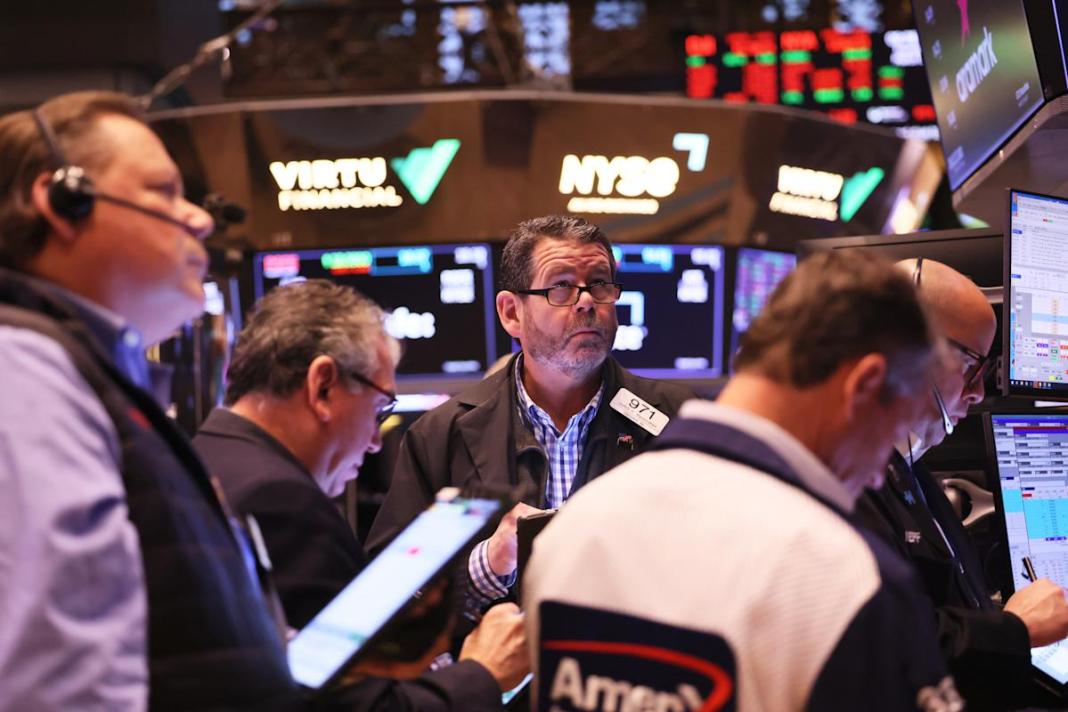US stock futures were lower but recovering from a sharp sell-off on Friday, following Israel’s retaliatory strike on Iran that rattled the market overnight. The Dow Jones Industrial Average futures were down 0.2%, bouncing back from a 1.4% drop, while S&P 500 futures also slipped 0.2% and Nasdaq 100 futures fell 0.4%.
The initial alarm in the market was triggered by reports of Israel’s attack on an Iranian city with nuclear facilities, causing oil and gold prices to surge as stocks and Treasury yields plummeted. The CBOE Volatility index, known as Wall Street’s “fear gauge,” reached a five-month high.
As more details emerged indicating the scope of the Israeli strike was limited, some calm returned to the market. However, investors remain cautious as Iran confirmed the drone attack but stated it was unsuccessful.
Prior to the shock from the Middle East tensions, stocks were already under pressure due to uncertainty surrounding Federal Reserve interest-rate cuts. The S&P 500 had experienced five consecutive days of losses, partly due to disappointing earnings from Netflix.
On Friday, Procter & Gamble raised its full-year profit forecast despite missing quarterly sales estimates, while American Express reported a profit beat as affluent customers continued to spend.
US government bonds retraced from their biggest rally of the year, with the 10-year Treasury yield down to around 4.59%. In commodities, Brent crude futures initially spiked above $90 a barrel before settling around $86.50, while gold prices also retreated from earlier gains.
Despite the market turbulence, American Express CEO Steve Squeri expressed confidence in the company’s premium consumers, noting a rise in sales in the first quarter. Meanwhile, Netflix shares faced pressure in pre-market trading following a strong quarterly report, prompting analysts to highlight the company’s ability to drive subscriber growth and increase margins.
As investors navigate through the uncertainties in the market, the focus remains on economic indicators and corporate earnings to gauge the strength of the recovery.


